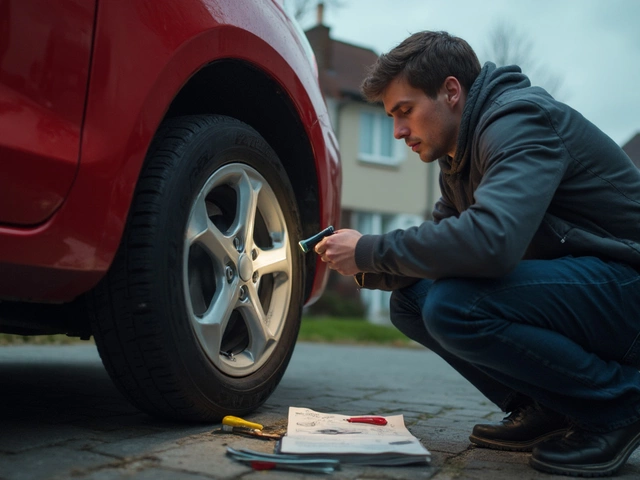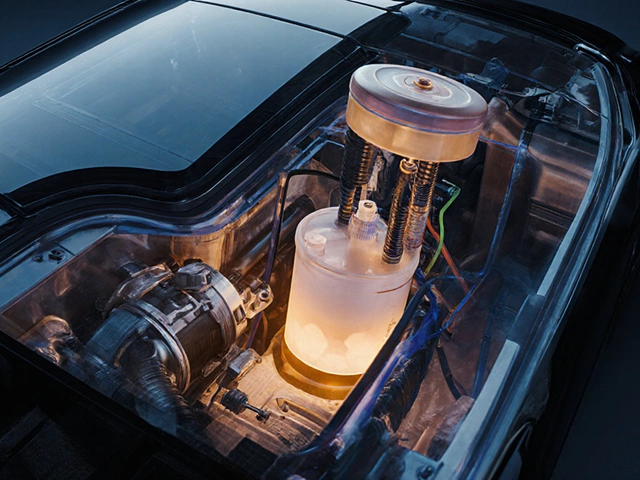How Often Should You Top Up Your Car Oil?
Most drivers think oil changes are the only thing they need to worry about, but keeping an eye on the oil level between services is just as important. Low oil can cause wear, overheating, and costly repairs, while over‑filling can lead to foaming and loss of lubrication. The key is to know when to add oil and how often to check it.
Why Oil Level Matters
Engine oil does more than just lubricate moving parts. It also carries heat away, cleans away sludge, and protects against rust. When the level drops below the minimum mark on the dipstick, the pump can draw in air, which reduces pressure and lets the engine run hotter. Even a small drop can be a warning sign of a leak, a burnt valve seal, or excessive consumption.
Conversely, topping up too much can cause the crankshaft to spin the oil into a froth, turning it into a weak lubricant. That’s why understanding the sweet spot—between the "MIN" and "MAX" marks—is essential for reliable performance.
Practical Tips for Oil Top‑Ups
Start by checking your oil every two weeks or every 500 miles, whichever comes first. Warm up the engine for a few minutes, turn it off, wait a minute, then pull out the dipstick. Wipe it clean, re‑insert, and read the level. If it’s near the low line, add the recommended oil type for your car.
When you do add oil, pour a little at a time. Wait a minute, then re‑check the dipstick. This prevents over‑filling and gives you a chance to stop before you cross the max line. Most manufacturers recommend adding oil every 1,000–2,000 miles if you drive in extreme conditions—towing, hot weather, or frequent short trips.
If you notice the oil level dropping faster than usual, look for obvious leaks under the vehicle or around the oil filter. A sudden drop could also mean a bad seal or a cracked oil pan. In those cases, a quick top‑up is okay, but you’ll want a professional to inspect the source.
Don’t forget that synthetic oils often last longer between changes, but they still need to be topped up if the level falls. Check your owner’s manual for the exact oil grade—mixing different types can affect performance and drain life.
Finally, treat the dipstick like a health check. If the oil looks dirty, gritty, or has a milky appearance, it’s time for a change, not just a top‑up. Clean oil ensures the engine stays cool and runs efficiently.
By making oil level checks a habit and topping up only when needed, you’ll avoid most engine‑wear problems and keep your car humming for years. It’s a small step that pays big dividends in reliability and resale value.
 22 March 2025
22 March 2025
How Often Should You Top Up Engine Oil? Essential Guide for Drivers
Topping up your engine oil can be one of the simplest yet most essential aspects of car maintenance. How often you should do it might depend on several factors, like your car's age, driving habits, or oil type. Newer cars might need less frequent checks due to efficient monitoring systems. Understanding these factors ensures better car performance and longevity. Explore tips and facts to get the best out of your engine oil.






0